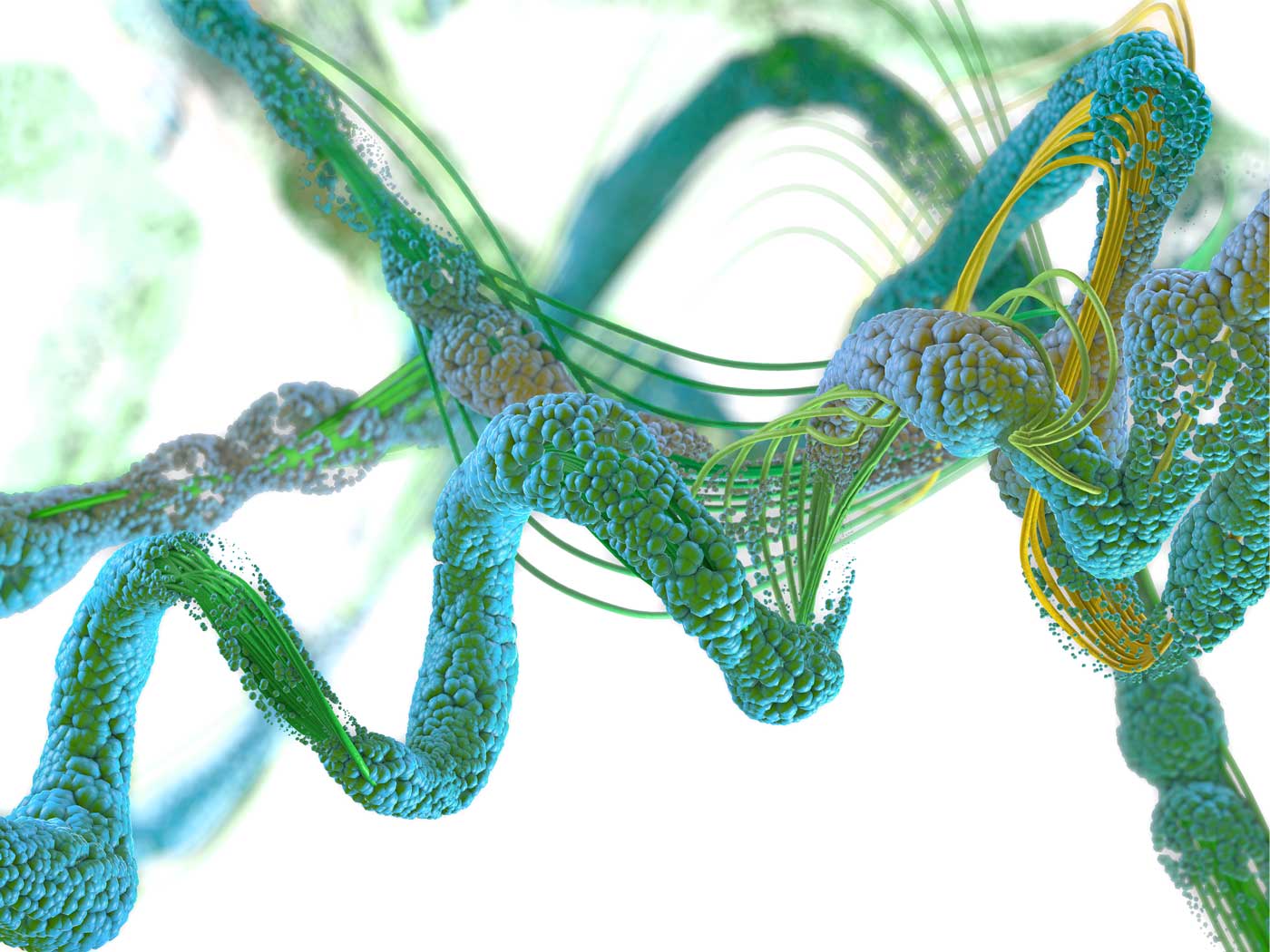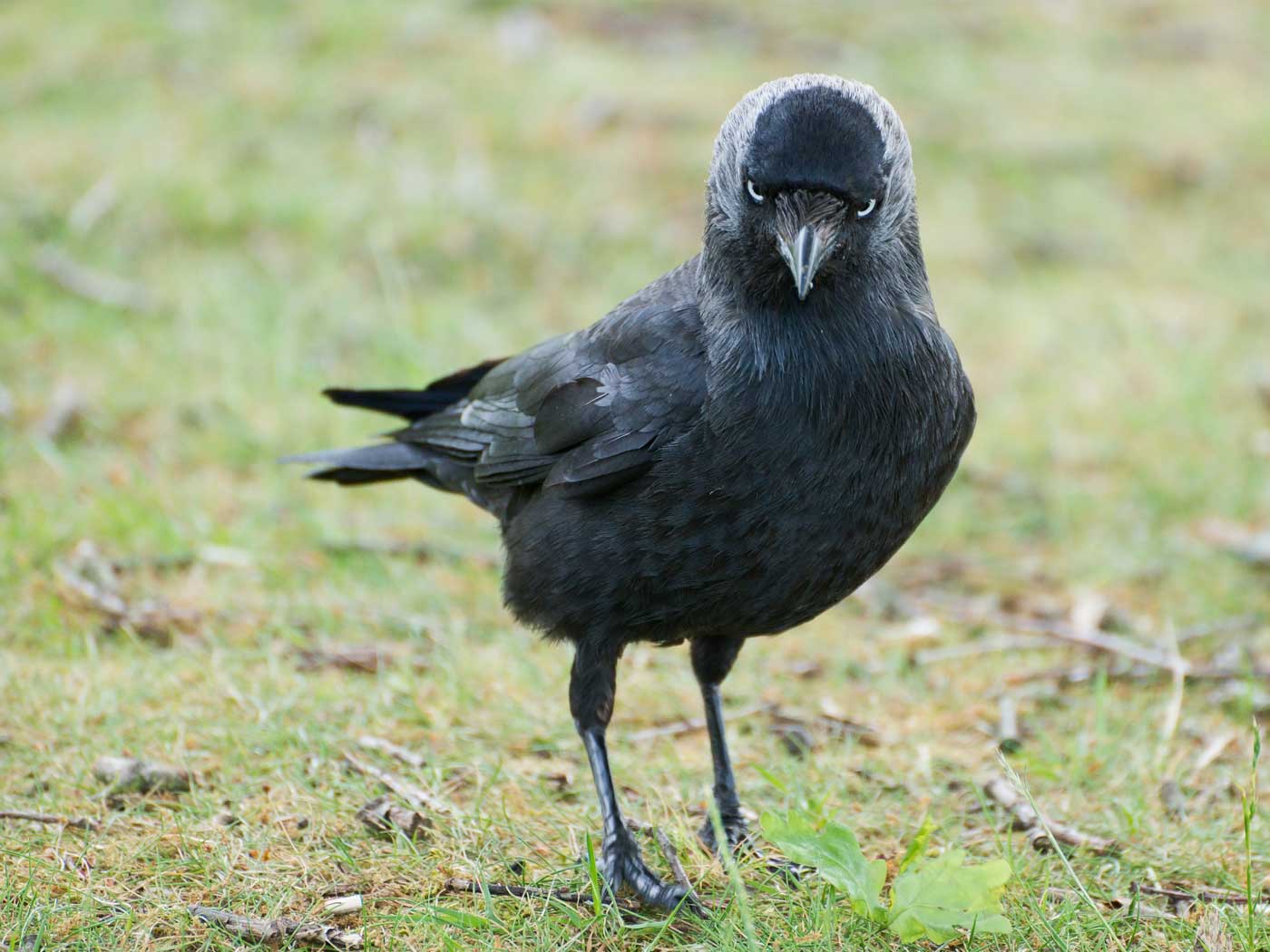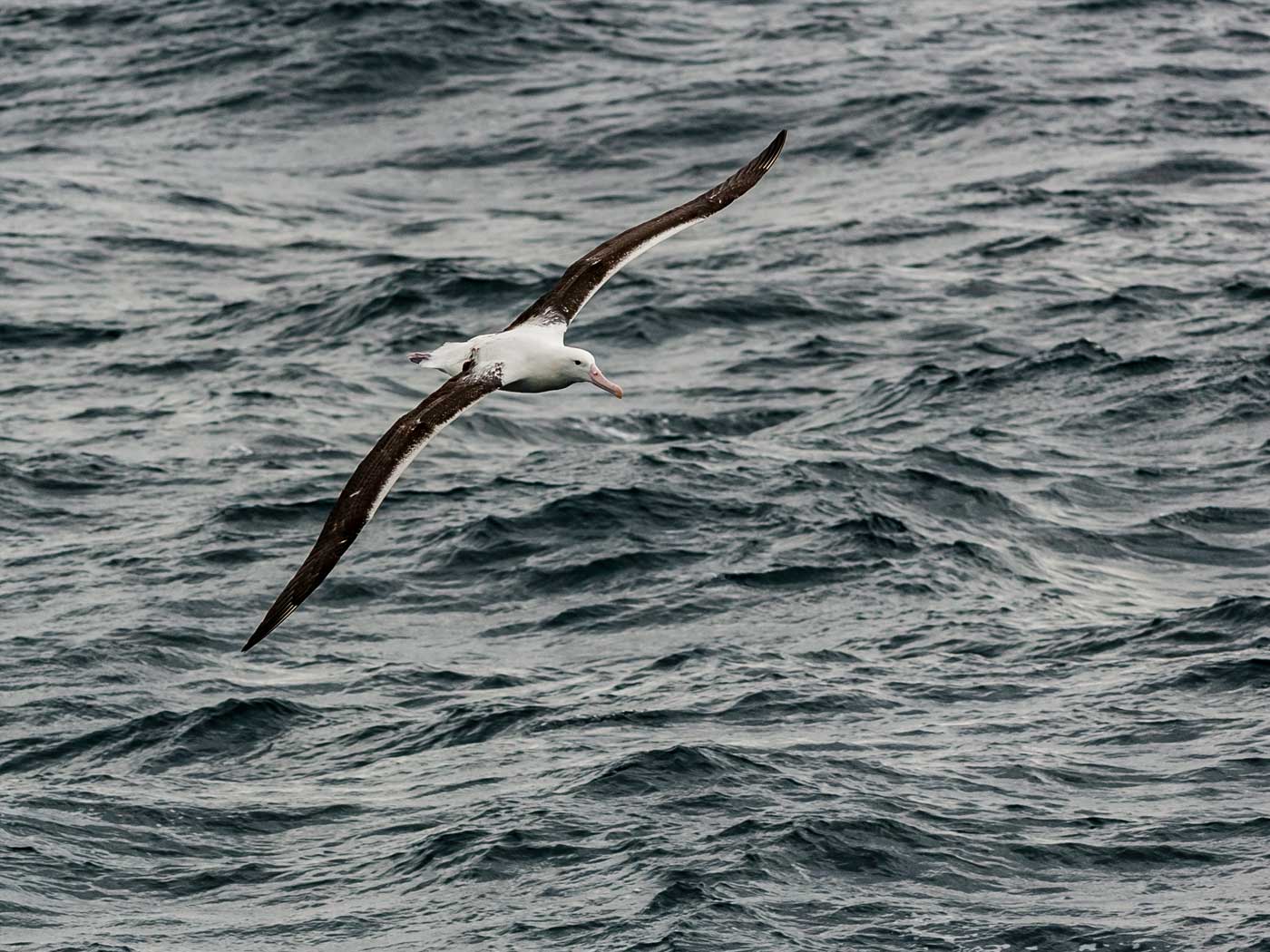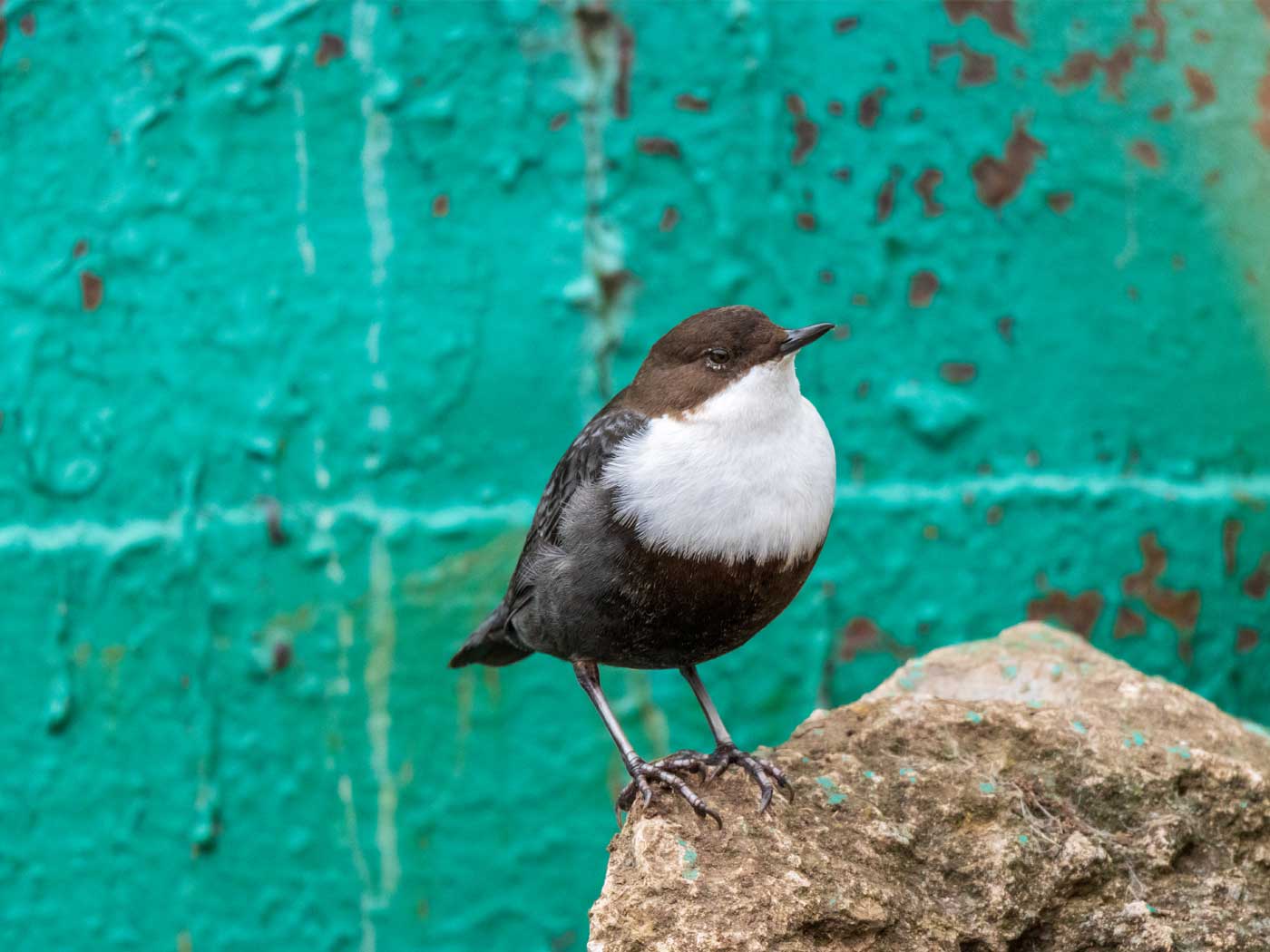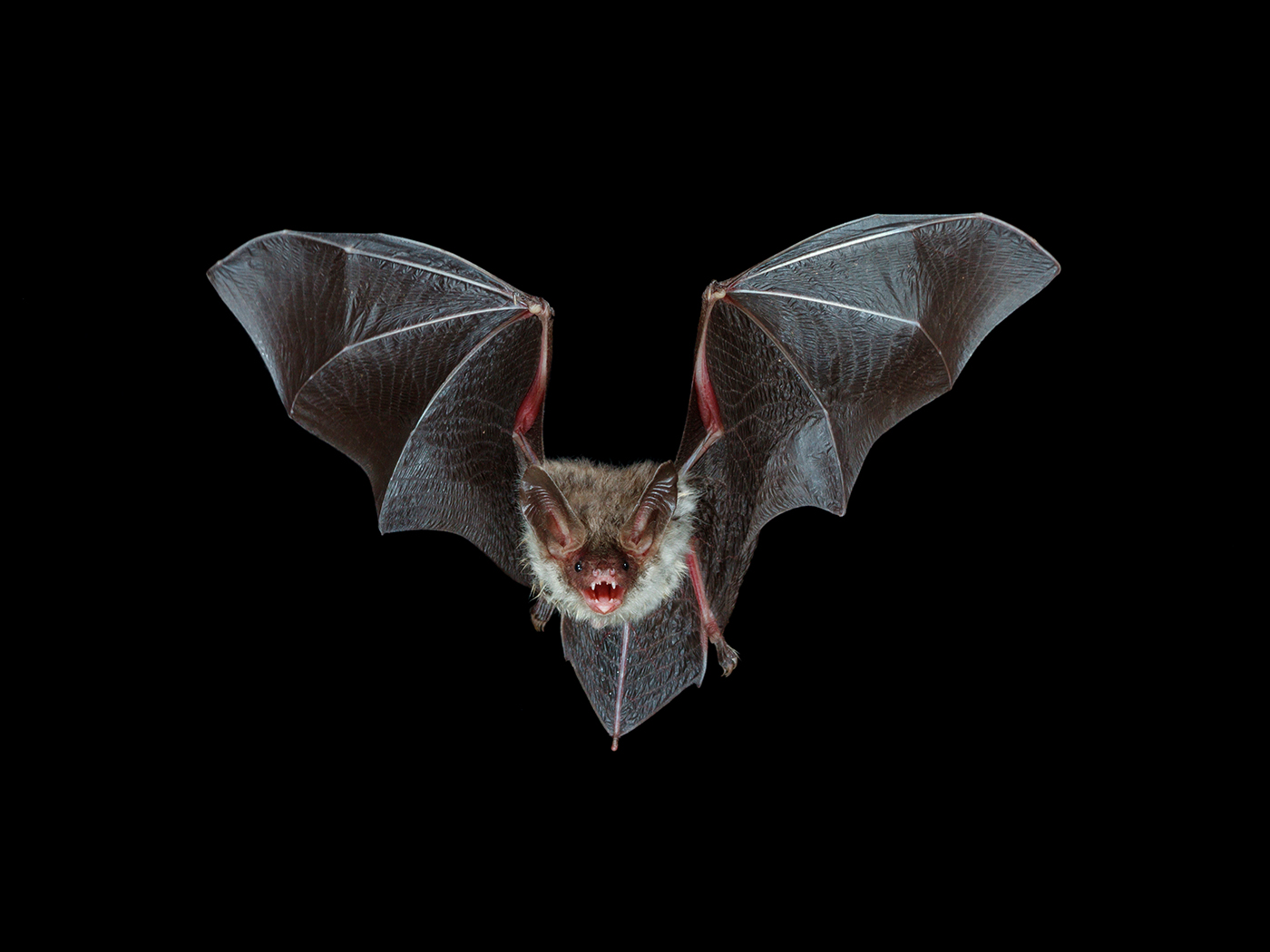In the deep, dark, cold waters of the Pacific Ocean—about 1,500 feet below the surface— hundreds of Humboldt squid the size of small humans (~ 5 feet long) were recently observed feeding on a school of lantern fish only about 3 to 4 inches long. The scientists used a high-tech remotely operated vehicle (ROV) with highly sophisticated photographic equipment to document the squid’s behavior. What they discovered was shockingly sophisticated.1
The squid were found to zip past each other with incredible speed and precision and, remarkably, never collided with each other when competing for prey. So, how did these high-speed maneuvers in the near-total darkness of the deep ocean occur? The amazing answer appears to be a highly sophisticated form of visual signaling and recognition involving a form of light production called bioluminescence.
Just like humans use softly lit eBook readers to visualize and read their favorite novel at night, the squids have the ability to softly illuminate highly elaborate skin patterns using sophisticated light-producing organs in their muscles. Like an eBook reader, this allows for a type of backlighting to reveal shifting pigmentation patterns in their skin. But even more amazing is the fact that the squid may be using these skin pigmentation patterns to signal one another. It’s like a high-speed way of saying, “That’s my fish! Don’t get in my way!”
Indeed, the researchers confirmed that the squid's pigmentation patterns relate to specific social contexts, such as voracious feeding in a tight group or just swimming around at a distance from one another. In fact, the researchers also believed there was good evidence that the different pigmentation behaviors could actually be further broken down into distinct informational units that are recombined to form different messages.
Evolutionists have no good explanation for how this highly sophisticated deep-water adaptive trait could have arisen through random evolutionary processes. Other types of squid living in shallow waters, where light is abundant, don't have these light-producing organs. Such a complex trait involves probably hundreds of genes and a host of complex physiological signaling pathways to produce—along with the means to recognize and behaviorally process the sophisticated messages. These traits can only be attributed to an all-powerful Creator that engineered these squids from the beginning.
References
1. Burford, B.P. and B.H. Robison. 2020. Bioluminescent backlighting illuminates the complex visual signals of a social squid in the deep sea. Proceedings of the National Academy of Sciences of the United States of America. March 23, 2020. 201920875; DOI: 10.1073/pnas.1920875117.
*Dr. Tomkins is Life Sciences Director at the Institute for Creation Research and earned his doctorate in genetics from Clemson University.
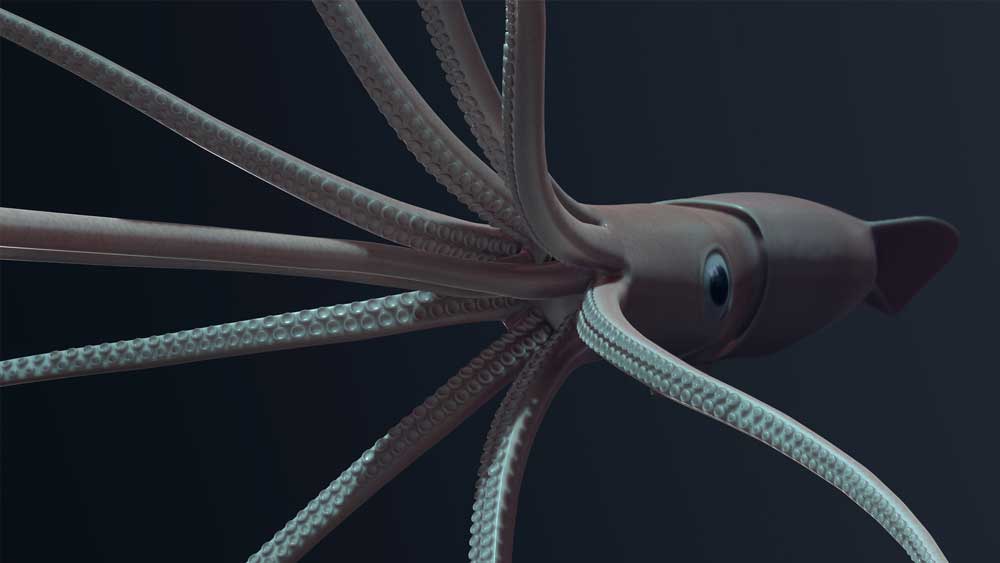
Deep Water Squid Communication Mystifies Scientists
The Latest
May 2024 ICR Wallpaper
"Have I not commanded you? Be strong and of good courage; do not be afraid, nor be dismayed, for the LORD your God is with you wherever you...
Was a Key to Photosynthesis Evolution Discovered?
Northern Canadian lakes were the source of recently discovered unique photosynthetic bacteria of the phylum Chloroflexota. After years of culturing,...
CREATION PODCAST
Four Moons That Indicate a Young Universe | The Creation Podcast:...
Earth has one moon, but Jupiter has many! What can we learn from our celestial neighbor's satellites? Do they indicate youth?
Host...
Creation Kids: Seeds and Sprouts
by Renée Dusseau and Susan Windsor*
You're never too young to be a creation scientist and explore our Creator's world. Kids, discover...
APOLOGETICS
Christ’s Creativity in Canyon Critters
Grand Canyon animals display many marvelous traits and behaviors as they live life in that harsh habitat. These canyon creatures succeed thanks to the...
Standing Against False Science
I’m Michael Stamp, and I’m in my 12th year as an editor at the Institute for Creation Research. It’s always an encouragement to see...
Oysters and Pre-Flood Longevity
The oyster species Crassostrea virginica, also known as the eastern oyster, is a prized seafood. Research has demonstrated that a fossil version of...
Galápagos Finches: A Case Study in Evolution or Adaptive Engineering?
A group of birds known as Darwin’s finches live in the Galápagos Islands, which are located in the Pacific Ocean 600 miles west of Ecuador....
Hot Springs National Park: Hydrothermal Springs Formed By The...
Hot Springs National Park is located about an hour southwest of Little Rock in the folded Ouachita Mountains of central Arkansas. It is the second smallest...
Why Biology Needs A Theory of Biological Design—Part 2
“Based on a true story” is included by movie producers to add authenticity, importance, and a flair of anticipation. So, my account of how...





